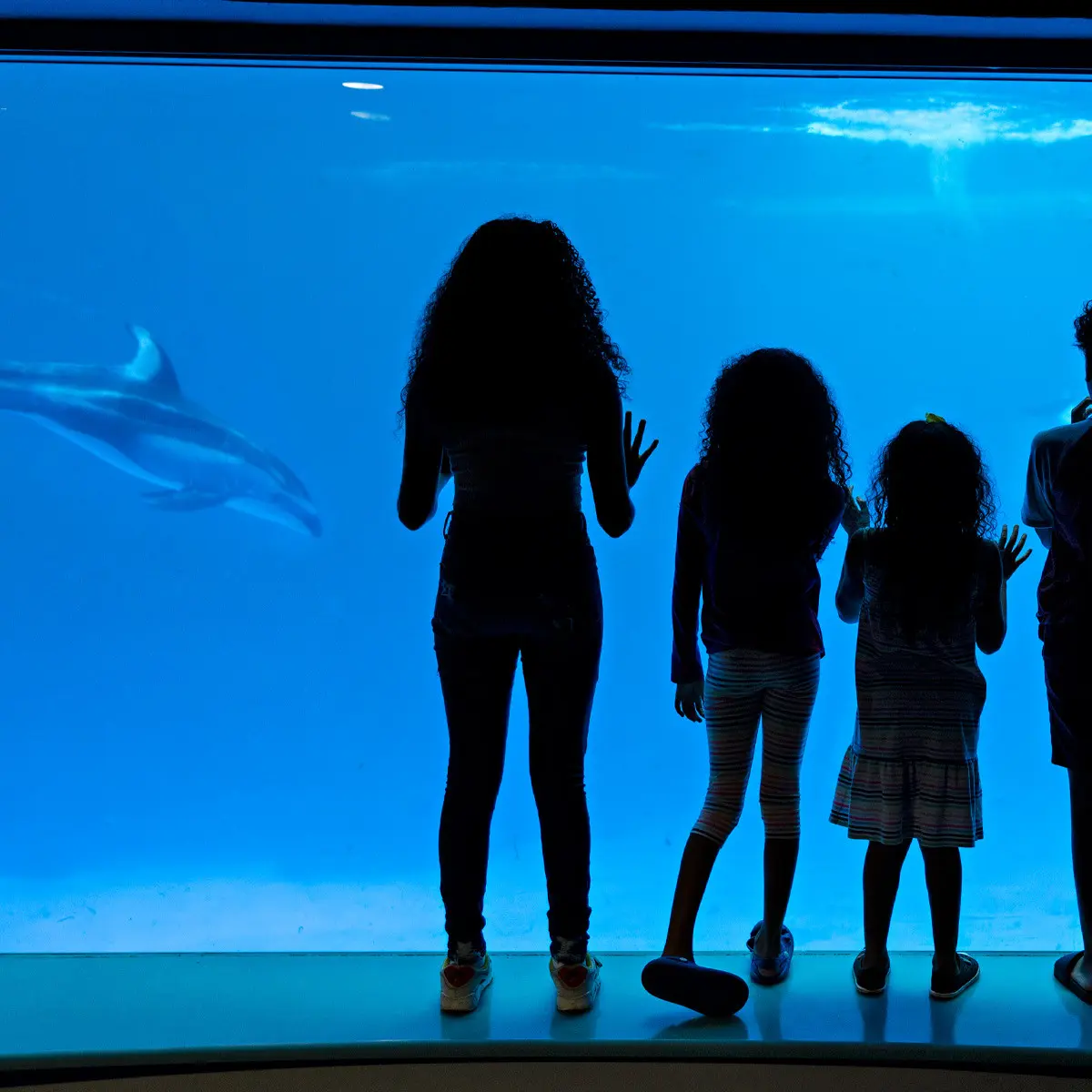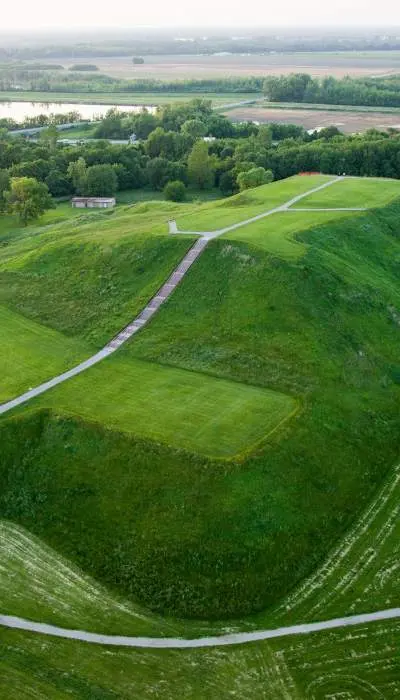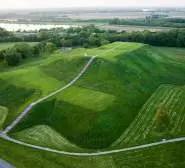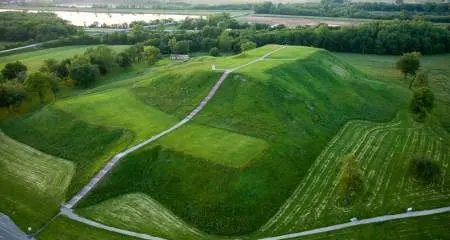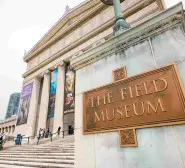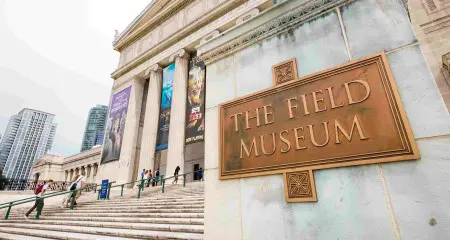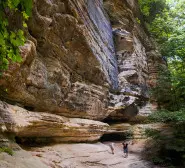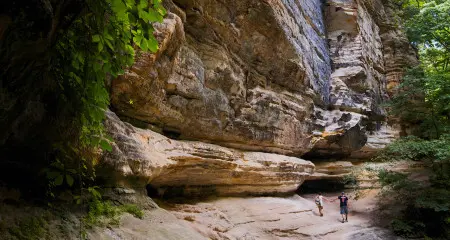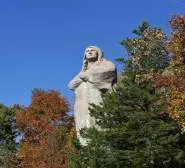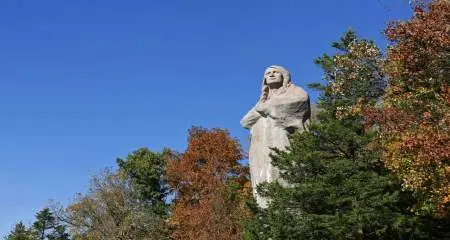Day 1:
Chicago & Evanston
Chicago's museums hold centuries of Indigenous heritage in their collections, but Native American culture isn't just behind glass here -– it's alive in working artists' studios, contemporary galleries, and even the city's kitchens. Today you'll trace the thread of Native traditions from ancient artifacts to modern expressions of Indigenous identity.
The Field Museum is one of the best places in the country to explore Native American culture. Feel the shift from urban bustle to quiet reflection as you enter the Native North American Hall, with exhibits where Indigenous voices tell their own stories. You'll find yourself surrounded by masterworks of craftsmanship – pause at the display cases to look at intricate beadwork so fine, you'll wonder how someone could create it.
The Art Institute of Chicago's Native American galleries trace an unbroken line of artistic tradition from ancient times to the present. Centuries-old ceramic vessels glisten under the light, revealing detailed patterns that tell stories of the people who made them. Modern works hanging nearby show how contemporary Native artists build on these foundations while charting new creative territory.
The Center for Native Futures continues that theme, where traditional techniques meet modern expression in surprising ways. You might catch artists at work, breathing new life into age-old practices with their fresh interpretations. During monthly exhibitions, you can often chat with the artists themselves about their creative process.
The American Indian Center is the beating heart of Chicago's Native community. This vibrant cultural hub hosts everything from traditional dance performances to contemporary film screenings. You might walk in during a storytelling session, or find yourself drawn into a craft demonstration where skilled artisans keep traditional techniques alive.
The Mitchell Museum of the American Indian creates a comprehensive portrait of Native cultures across North America. In the teaching lodge, history becomes tangible as you touch replica artifacts and try traditional weaving techniques. Listen to recordings of Native languages while examining maps that show how tribal territories shifted over time.
The 4000N Outdoor Trail preserves an ancient travel route in modern Chicago's urban landscape. Contemporary works by Indigenous artists mark your path through time, connecting past and present in striking ways. Then, your day’s journey ends at the Indian Land Dancing mosaic, a public art installation produced in collaboration by artists and the community to commemorate the long history of Potawatomi in the Edgewater area.
By now, you’ve got a pretty good taste of Native American culture. But for the full flavor, you’ve got to try Ketapanen Kitchen, Chicago’s first Native American pop-up kitchen. Dishes like rich bison stew, wild rice, and frybread will connect you back generations, while getting you ready for the next leg of your trip.
